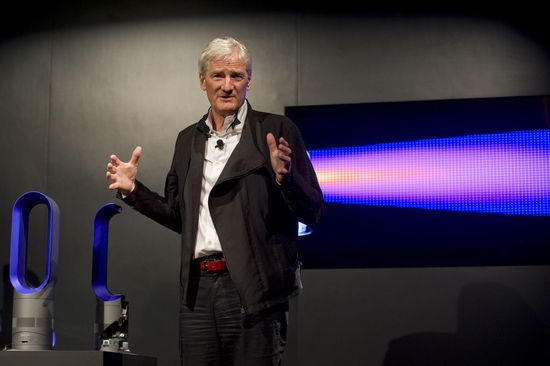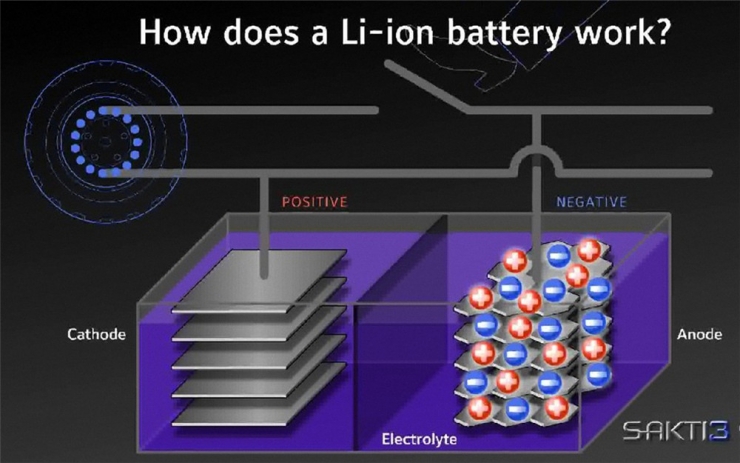
Recently, the British tycoon James Dyson announced that he will invest 1.4 billion US dollars to establish a battery plant to promote the development of battery technology.
This is a big bet for Dyson and the company named after him. The external concern is what type of battery they will produce.
Dyson is a company that designs and develops new technologies for vacuum cleaners, washing machines, vacuum cleaners and handheld vacuum cleaners. Dyson bought Sakti3, a solid-state battery company, for $90 million last year. When it acquired Sakti3, Dyson himself mentioned that he would invest nearly $1 billion in mass production of solid-state batteries. The solid-state battery is a battery using a solid electrode and a solid electrolyte. The theory of this technology has been perfected, but it has not yet been commercialized. The thorny point is to improve the production process and reduce the production cost.
Lithium-ion batteries, which are widely used in most consumer electronics and electric vehicles, are secondary batteries. They mainly rely on the movement of lithium ions between positive and negative electrodes. Sakti3’s solid-state batteries are produced using thin-film deposition technology. There is no liquid electrolyte inside the battery. Instead, a “sandwich†device is used. This “sandwich†can act as an isolator, blocking the contact reaction between the positive and negative electrodes; The electrolyte ensures normal transmission between ions.

All-solid-state batteries have a very prominent advantage. They are much safer than liquid lithium batteries and are not prone to explosion. Since the electrolyte of the lithium-ion battery is an organic liquid, the occurrence of side reactions, oxidation and decomposition, generation of gas, and combustion tend to increase at high temperatures. The electrolyte in the middle of the solid state battery is solid, not liquid, so the above problem does not occur.
After using all-solid-state electrolytes, the applicable material system of lithium-ion batteries will also change. The most important point is that it is not necessary to use lithium-ion-coated graphite negative electrodes. Instead, lithium metal is used directly as the negative electrode, which can significantly reduce the amount of negative electrode materials used. Therefore, the energy density of the battery is significantly increased. The increase in energy density helps to make the battery lighter.
In addition, there is also a feature worth looking forward to, all-solid-state batteries can be further optimized to become flexible batteries. After being thinned and thinned, all-solid-state batteries can be subjected to several hundred to several thousand bends through the use of appropriate encapsulating materials to ensure that the performance is not attenuated, resulting in more functions and experiences.
Last year, Sakti3 claimed to have manufactured a battery with an energy density of 1.1 kilowatt-hours per liter. This energy density is about 50% higher than that of lithium-ion batteries. The battery power is twice that of Tesla's current lithium batteries. Its ability to reduce production costs and expand battery capacity to automotive use levels will pose a very significant threat to Tesla.
Although the advantages of solid-state batteries are numerous, from the current research and development results, the situation is not optimistic. Experts estimate that even the most common vacuum cleaners will cost $2,000 if they use solid-state battery technology.
Musk once stated that he is not optimistic about the prospects for solid-state batteries, and analysts agree that there is no hope of widespread application of solid-state batteries within the next decade. In addition, Tesla has invested $5 billion in the construction of a super lithium-ion battery plant at the Nevada Gigafactory, allegedly allowing lithium battery production costs to drop by 30%.
Related Reading
Sakti3, which doubled Tesla's life, received another $20 million in financing
Apple's new patent, all solid-state batteries in the end is what kind of technology?